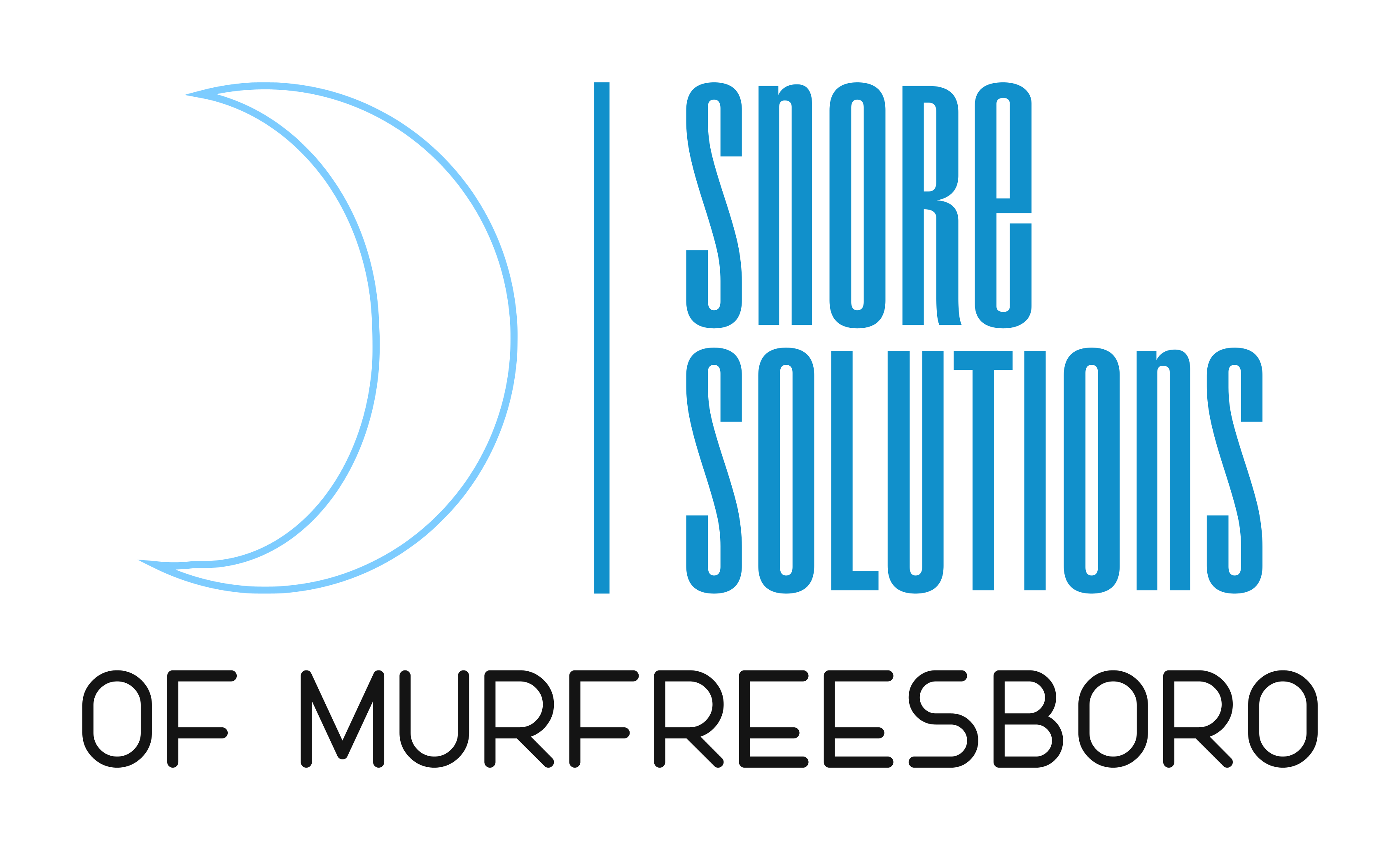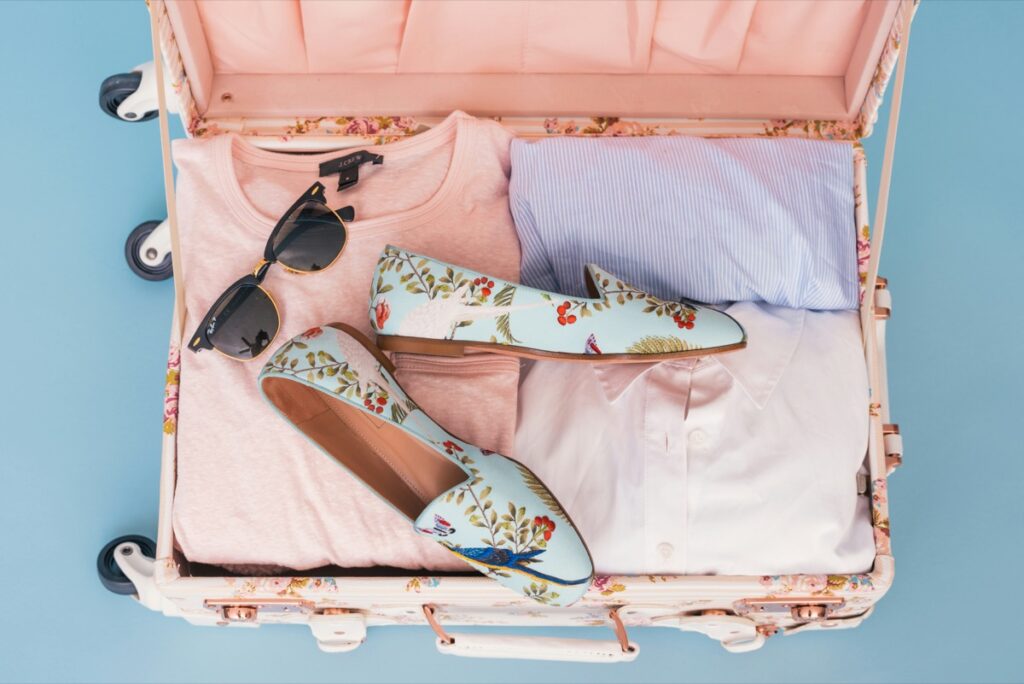Traveling presents an exciting adventure, yet individuals coping with sleep apnea encounter distinctive challenges during their journeys. From the necessity of packing essential equipment to addressing symptoms in varying environments, numerous considerations must be taken into account when preparing for travel.
In this discourse, we delve into strategies for traveling while coping with sleep apnea, encompassing advice on sleeping during flights, managing jet lag, and accessing supportive resources while on the move.
Regardless of whether one is an experienced globetrotter or embarking on their inaugural trip, this guide serves to facilitate the navigation of the global landscape for individuals grappling with sleep apnea.
Sleep Apnea and Traveling
Individuals with sleep apnea may encounter distinctive challenges when traveling, as the task of maintaining consistent sleep patterns and adhering to prescribed sleep apnea treatment can prove to be challenging in unfamiliar settings and during extended journeys.
Understanding Sleep Apnea and its Challenges while Traveling
Understanding sleep apnea and its challenges while traveling is essential for effective sleep apnea management and ensuring that the condition does not result in severe complications during the journey.
Sleep apnea is a prevalent sleep disorder characterized by interruptions in breathing during sleep, which leads to inadequate oxygen levels and disrupted sleep patterns. Common symptoms include loud snoring, daytime drowsiness, morning headaches, and irritability. Untreated sleep apnea can significantly elevate the risk of serious health conditions such as cardiovascular problems and high blood pressure.
During travel, alterations in routines, time zones, and sleeping environments can exacerbate these symptoms and potentially exacerbate the condition. It is imperative for individuals with sleep apnea to prioritize effective management strategies while traveling, such as utilizing a CPAP machine or maintaining a consistent bedtime routine to promote quality sleep.
Preparing for Traveling with Sleep Apnea
Preparing for travel with sleep apnea necessitates thorough planning, which includes meticulous organization and packing of essential sleep apnea equipment such as the CPAP machine and sleep apnea mask, along with any medications required to effectively manage the condition while away from home.
Packing Essential Equipment and Medications
Ensuring the uninterrupted function of your sleep apnea treatment during travel necessitates packing essential equipment and medications. This includes items such as your CPAP machine, sleep apnea mask, any required sleep apnea medications, and travel accessories intended for convenience.
In addition, it is advisable to bring extra tubing and filters for your CPAP machine to ensure prompt replacements if necessary. A compact CPAP cleaning device designed for travel can assist in maintaining hygiene while on the move. For international travel, remember to pack a power adapter and voltage converter to suit varying electrical systems.
Furthermore, creating a conducive environment for better sleep can be achieved with the inclusion of eye masks and earplugs in your travel essentials. To keep your CPAP equipment organized and easily accessible throughout your journey, consider utilizing a travel case or bag specifically designed for this purpose.
Notifying Airlines and Accommodations
It is advisable to inform airlines and accommodations about your sleep apnea condition and any specific requirements you may have to facilitate smoother travel and ensure adequate adaptations are in place to effectively manage your condition.
When making reservations for a flight or hotel stay, it is advantageous to notify the staff in advance about your sleep apnea. This proactive measure allows you to inquire about special accommodations, such as a CPAP machine-friendly room or specific seating arrangements, which can enhance your travel experience. By planning ahead and providing this information, airlines and hotels can make appropriate arrangements to ensure your safety and well-being during your journey.
Certain airlines may offer priority boarding or additional assistance to passengers with medical needs. Therefore, communicating your requirements to the airline can streamline the travel process and make accommodations more seamless for you.
Managing Sleep Apnea during Travel
When addressing sleep apnea while traveling, it is essential to employ a comprehensive approach that includes adherence to the prescribed sleep apnea treatment, integration of sleep apnea exercises, and adherence to guidelines for establishing and maintaining consistent sleep patterns. These practices are instrumental in achieving relief from sleep apnea even when in unfamiliar environments.
Tips for Sleeping on Planes and in Different Environments
Strategies for sleeping while traveling or in unfamiliar settings can assist individuals with sleep apnea in maintaining their established sleep routines and effectively managing their condition, even when outside of their typical sleep environment.
One valuable suggestion is to procure a travel pillow that offers adequate neck support to prevent any discomfort or strain that could disrupt sleep. Additionally, using an eye mask and earplugs can help eliminate distractions and establish a more conducive atmosphere for rest.
Engaging in relaxation techniques or listening to soothing music before attempting to sleep may also alleviate anxiety or tension, facilitating a smoother transition into slumber.
Furthermore, exploring various sleeping positions, such as sleeping on one’s side with the aid of a body pillow for support, can be advantageous for individuals with sleep apnea by aiding in the maintenance of open airways and reducing the likelihood of breathing interruptions during sleep.
Dealing with Jet Lag and Time Zone Changes
Managing jet lag and adjusting to time zone changes can present significant challenges for individuals with sleep apnea. Disruptions to sleep patterns have the potential to worsen symptoms associated with sleep apnea and introduce complexities in effectively managing the condition during travel.
Strategies for Adjusting Sleep Schedule and Managing Symptoms
Implementing strategies to readjust one’s sleep schedule and effectively manage symptoms of sleep apnea can serve to alleviate the impact of jet lag and maintain optimal control over the condition during travel.
When traversing different time zones, it is imperative to gradually align one’s sleep patterns with the new time frame. A recommended approach involves incrementally modifying bedtime and wake-up times several days prior to the journey. By incorporating relaxation techniques such as deep breathing or meditation, individuals can facilitate quicker sleep onset in unfamiliar settings. To address sleep apnea symptoms, individuals should ensure the inclusion of a CPAP machine and any essential accessories in their travel essentials. Consistency plays a pivotal role; therefore, striving to adhere to one’s typical sleep regimen to the greatest extent feasible, even when away from home, is paramount.
Resources for People with Sleep Apnea while Traveling
Individuals with sleep apnea who are traveling can benefit from a range of resources including support groups, online communities, and accommodations that are designed to be accessible. These resources offer valuable information, support, and practical solutions to assist in effectively managing the condition while away from one’s home.
Support Groups and Online Communities
Support groups and online communities serve as vital resources for individuals affected by sleep apnea, facilitating support and awareness of the condition. These platforms offer a forum for individuals to exchange experiences and strategies for managing sleep apnea while on the go.
Participation in such groups enables individuals to connect with others grappling with similar challenges, fostering a sense of community and empathy. Through these channels, members can access crucial information on emerging therapies, potential side effects, and recent research developments in the field of sleep apnea. These communities establish a secure environment for individuals to openly address their concerns and receive emotional support from peers who can empathize with their struggles. By actively engaging in these groups, individuals not only access a support network but also contribute to a shared knowledge repository, providing practical insights that can aid others in navigating their journey with sleep apnea.
Accessible Accommodations and Travel Services
It is imperative to ensure the availability of accessible accommodations and travel services for individuals with sleep apnea in order to effectively manage their condition while traveling. Such accommodations and services are essential for providing necessary adaptations and support to help individuals with sleep apnea maintain their health and comfort.
For individuals managing sleep apnea, access to specialized accommodations that cater to their specific needs is of paramount importance. These accommodations may encompass rooms equipped with additional pillows to elevate the head, soundproof rooms to minimize disturbances, and environments conducive to the use of CPAP machines. Travel services that offer support with luggage handling and personalized attention can also significantly benefit individuals with sleep apnea.
By actively seeking out these tailored accommodations and services, individuals can address their sleep apnea concerns proactively, thereby ensuring a more restful and uninterrupted travel experience.
Frequently Asked Questions
What is sleep apnea and how can it affect my travel experience?
Sleep apnea is a medical condition where breathing repeatedly stops and starts during sleep, leading to poor sleep quality and fatigue during the day. This can greatly impact your travel experience, as it can make you feel exhausted and affect your ability to fully enjoy your trip.
How can I ensure a good night’s sleep while traveling with sleep apnea?
One way to ensure a good night’s sleep while traveling with sleep apnea is to bring your CPAP machine. This device helps keep your airway open and improves the quality of your sleep. Be sure to pack it in your carry-on luggage to avoid any potential damage or loss.
What should I do if I forget to pack my CPAP machine for my trip?
If you forget to pack your CPAP machine, you can contact your equipment provider and ask if they have any rental options available. If not, you can look for a local medical supply store at your destination to rent or purchase a machine.
Are there any specific accommodations I should request when booking my travel plans?
Yes, if you have sleep apnea, it’s important to request a room with a power outlet near the bed. This will allow you to easily plug in your CPAP machine. You may also want to request a room on a higher floor, away from any noise disturbances.
What should I do if I am traveling to a different time zone?
If you are traveling to a different time zone, it’s important to adjust your CPAP machine’s clock to the new time. This will ensure that your therapy is synced with your new sleep schedule. You may also want to gradually adjust your sleep schedule a few days before your trip to help ease the transition.
How can I ensure my CPAP machine is cleaned properly while traveling?
To ensure your CPAP machine is cleaned properly while traveling, you can use disposable wipes or travel-sized cleaning solutions. You can also bring a small container to store your machine when not in use, to keep it clean and dry. It’s also a good idea to bring extra filters and tubing in case they need to be replaced during your trip.

